Mold Removal and Remediation Services
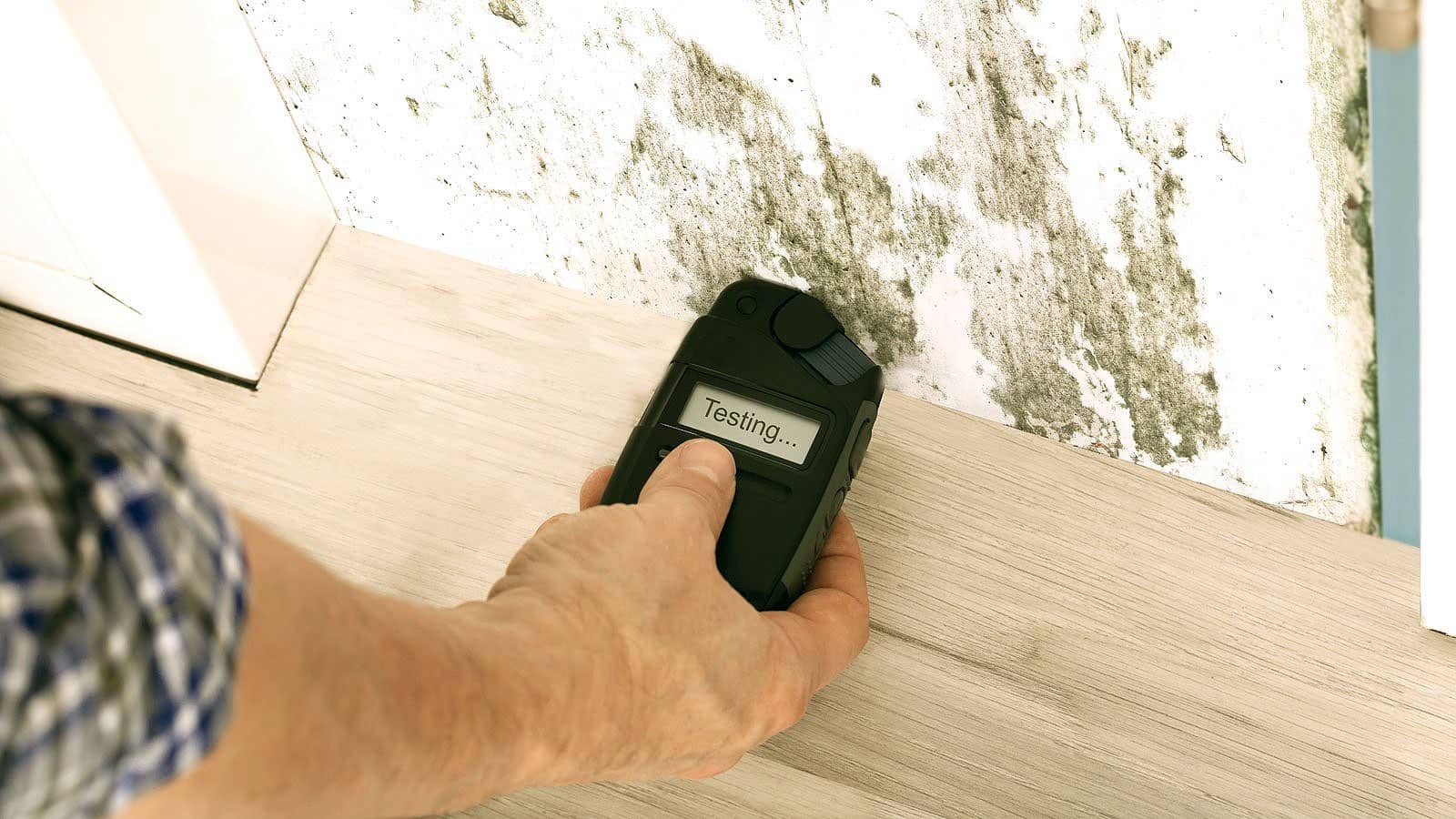
Mold Inspection Process:
The mold inspection process typically involves several key steps:
- Initial Assessment: A visual inspection of property to assess for signs of mold growth and water damage. Additionally, the inspector examines for sources of moisture or conditions that may facilitate mold growth.
- Moisture Detection: The home can again be tested with moisture-detecting instruments such as moisture meters, infrared cameras or thermal imaging devices.
- Sampling: Depending on the extent of your suspected mold issue, air and surface samples may be collected to determine the type of mold and its concentration.
- Documentation: mold findings will be recorded and areas of concern and conditions favorable for mold growth will be documented, including notes and photographs if feasible, although not always provided to the client.
- Recommendations: After inspection of the site, the inspector might recommend remediation actions for mold such as: required repairs, moisture control and preventive actions.
- Education: Some clients may need education about various ways to reduce the risk of future mold growth through prevention controls, maintenance, and design changes (eg, improved ventilation, efficient drying).
- Second Inspection: If the scope of the problem is significant and recommendations are made, a follow-up inspection or a third party could be advised to monitor that the remediation work was done and mold doesn’t reoccur.
When done right, it offers a comprehensive look at existing problems, the severity of the mold growth, and recommendations for both remediation and prevention of future issues. Professional assessors and their deployments are integral parts of most mold inspection processes, but it is important that you work with an organization and assign a project lead that has the right skill set and experience to accurately perform the mold inspection and deliver reliable and impactful remediation guidance.
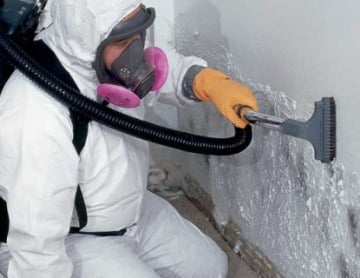
Mold Remediation Process:
The mold remediation process typically involves the following steps:
- Evaluation and Planning: Determine the extent of the contamination and create a remediation plan (the location of intrusive moisture; impacted areas; and an action plan).
- Containment: Protocols for containment will minimize the spread of airborne spores and will keep the affected area of your home isolated from areas of your home that aren’t contaminated. For example, plastic sheeting might be installed in the building to seal off the contaminated portion of the property. Negative air pressure machines might be implemented to ensure that the contaminated sections of the home are isolated for better management of the mold outbreak.
- Remove all mold-Contaminated Materials : moldy materials such as drywall, carpet or insulation are removed and discarded.mold-contaminated building materials can be removed and discarded in a variety of ways.Photo courtesy the US EPABy the time a home or business owner is faced with such action, it is almost assuredly ‘too late’.
- Cleaning and Disinfection: Surfaces in the affected areas are cleaned and disinfected with antimicrobial agents to remove mold spores and prevent regrowth. HEPA vacuums, antimicrobial solutions, and other cleaning agents may be used.
- Drying and Dehumidification: After cleaning, drying and dehumidifying the affected areas reduces the likelihood for mold growth by eliminating moisture. This can be done by using fans, dehumidifiers, air movers, and other drying equipment to reach the proper moisture levels.
- Post-remediation Verification: Post-remediation verification may be conducted to find out whether mold levels return to the acceptable range after the remediation process is completed. This may include visual inspection, air sampling or surface testing.
- Preventive Measures: Last but not least, preventive measures are undertaken to reduce the risk of future mold growth – for example, by repairing leaks and improving ventilation or indoor humidity levels.
In summary, it is expected that if done properly, there will be no exposure to the contaminant to either the occupants of the building or to the abatement workers, and the previously contaminated property will be returned to safe healthful levels, free from mold contamination and the indoor air quality will be restored, and future moisture problems and mold growth will be prevented. Mold remediation is a complex process that should always be done by certified and experienced professionals, in order to ensure that the indoor air quality is safe and that the property is returned to a healthy indoor environment.
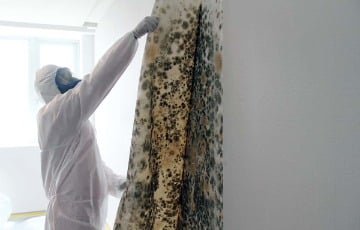
Mold Removal Process:
The mold removal process typically involves several key steps:
- Assessment: Find out how bad the mold and how much moisture is fueling growth. This can be a visual assessment, moisture testing, and sometimes a mold identification test via air or surface sampling.
- Isolation: Isolation efforts attempt to keep mold spores from spreading throughout the property. Generally, this might include sealing off the contaminated area with plastic sheeting and using negative air pressure machines to “tent” the area, maintaining a negative pressure.
- Remove Possibly Infectious/Infested Material: moldy building materials such as drywall, carpeting, insulation and other building components that have become saturated with water and thus mold growth needs to be removed to curb the source of mold growth. Non-absorbent materials can be cleaned and disinfected to remove the mold.
- Cleaning and Disinfection: Contaminated porous (items that hold moisture) and semi-porous materials (items with web-like pores that can become encrusted and trap moisture, such as sheetrock and grouted tile) like floor coverings, carpet padding, insulation, wallboard, fabric, clothing, upholstery, and stuffed toys in the contaminated area are cleaned and disinfected to prevent resurgence of mold spores. Use of specialized HEPA-vacuums and mold-specific cleaning solutions can be used to facilitate the cleaning process.
- Drying and Dehumidification: Once the contaminated areas have been cleaned up, drying and dehumidification can commence to help prevent additional moisture from collecting and forming mold. Fans, dehumidifiers, and other drying equipment can be employed to reduce moisture levels.
- Post-Remediation Verification: Following the removal of mold, it may be possible to perform post-remediation verification. For example, you may want to conduct a visual inspection, air sampling or surface testing to make sure that mold levels are acceptable.
- Preventive Precautions: Finally, steps may be taken to minimize the risk of future mold growth. For instance, leaks may be repaired, ventilation increased, and indoor humidity conditions improved.
Finally, the mold removal process enables humans to live and work in an environment free of harmful mold and, the most important thing, enables us to breathe correctly and stay healthy. The process transforms the environment back to a home and/or workplace. It is now safe for the humans who live in it. The mold removal should be conducted by a professional who has the education, training, certification, experience and support team and company to conduct the work safely, effectively, properly and effectively, and provide a safe environment.
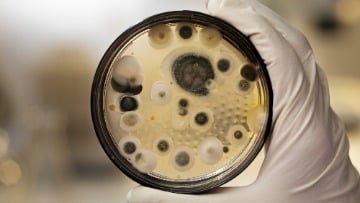
Mold Testing Process:
The mold testing process typically involves the following steps:
- Determine Mold Potential: The first step is to determine what mold is likely to be present, based on environmental conditions in the property. This includes a visual inspection of property conditions, along with a conversation with the property owner or occupant about any known mold-related concerns.
- Sampling: Air or surface mold samples are collected by swabbing or using air sampling, surface sampling, or bulking samples and are sent to the laboratory for analysis.
- Interpretation: In the lab, the mold samples are analyzed to determine what types of mold are present, and at what concentrations, to inform the scope of mold problems and the nature of remedial actions.
- Interpretation: The sampling results are interpreted by a qualified individual who renders an opinion about the significance of the data and then recommends appropriate action based on the analysis.
- Report document: Report document is prepared, summarizing the results of the mold testing (identification of mold species and concentrations), and delivered to the client. Identification of future areas that may manifest mold contamination based on our survey of the site are discussed, and may include recommendations for remediation and prevention.
- Follow-up: Depending on the results of the mold testing and the recommendations provided, follow-up testing or monitoring may be indicated to determine whether remediation activities were effective or if ongoing indoor air quality monitoring is needed.
In summary, this sequence of steps attempts to quantify the presence and degree of mold contamination at a property and provide information that can inform remediation, while assuring an acceptable indoor environment. By working with a competent professional firm who has the proper expertise, have the right tools, and the experience and qualification necessary to perform and interpret the mold testing, the client is assured of a defensible and scientifically sound result.
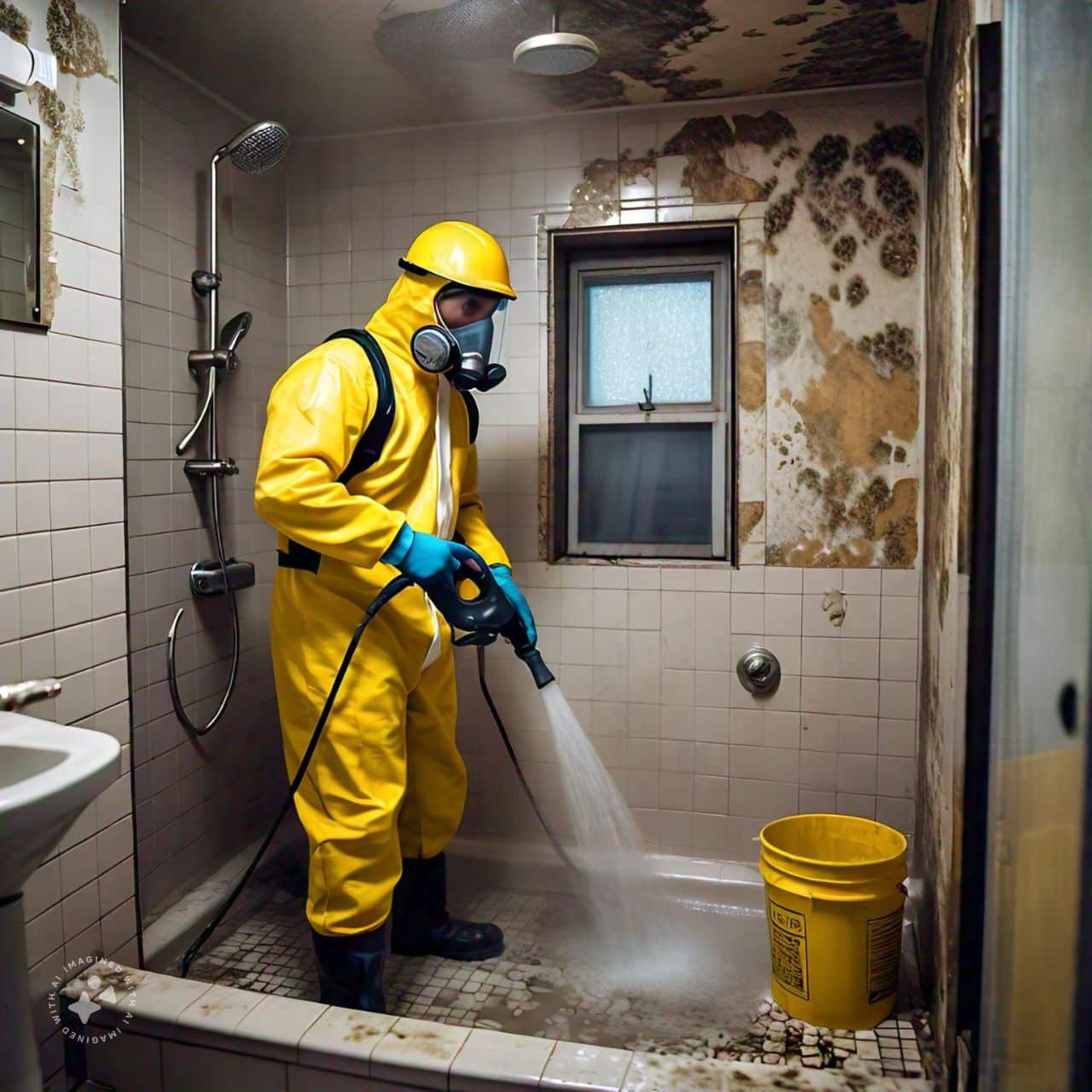
Mold Abatement Process:
The mold abatement process typically involves the following steps:
- Inspection: The process of evaluating extent of the mold, and discovering the water sources which play a role in the growth of such mold.
- Containment: Isolating affected areas so that mold spores are not spread to other parts of the building.
- Remediation: applying the use of special equipment and techniques to remove mold from affected and infected surfaces and materials.
- Cleaning and Disinfection: Use antimicrobial treatments to clean the affected areas, and remove as much of the left-behind mold spores as possible.
- Drying Out: Correcting any leaks and ventilating properly so no mold comes back.
- Restoration: Repairing physical losses, or destroying them, returning the affected areas to their original state.
Mold abatement is important because:
- Health Protection: Exposure to mold can cause allergic reactions and respiratory issues, and sometimes infections. Abatement reduces such health risks, especially for susceptible populations.
- Structural Integrity: The growth of mold in building materials, if left untreated, causes structural damage and, even if it turns out to be non-toxic, repair estimates can ascend into five figures. An abatement company helps to maintain structural integrity and reduce expenditures to shore up a house.
- Stopping Spread: Keeping containment and extraction thorough prevent mold spores from spreading and growing into new infestations elsewhere.
- Long Term Prevention: Abatement directly impacts the source of mold growth, preventing future mold issues and providing a long term solution.
- Property Value: Good mold abatement will maintain or improve the value of your property by making it safe, healthy and mold-free.
In summary, mold abatement is necessary to maintain a healthy indoor environment, preserve the lifespan of our structures, and ensure the safety of our inhabitants.
Mold Inspection Process
Professional Mold Remediation Services
Mold can be hard to find, hiding in places you least expect, like near heaters or vents. That’s why Mold Remediators USA offers professional mold inspection services Nationwide. Our experienced team uses advanced detection equipment to identify and eliminate mold, ensuring your home’s safety and your family’s health.
If you’re experiencing symptoms like lethargy or irritation that you suspect are mold-related, it’s crucial to contact us immediately. Trust our expertise for effective mold remediation.
Why Choose Us?
The Benefits of Hiring Mold Remediation Services
Expertise
Access to skilled professionals with specialized knowledge in mold mitigation. This specialization guarantees the highest standard of mold removal, leveraging industry-leading methods.
Time and Cost Efficiency
Quick and thorough service that addresses mold issues effectively, avoiding costly future damages. Professional services tackle mold at its source, preventing extensive damage that could lead to costly repairs.
Peace of Mind
Assurance that your home is mold-free, handled by leading mold removal experts. Knowing that your property has been thoroughly inspected and treated by professionals ensures that mold issues won’t persist.
Preventive Measures
Insights into preventing future mold growth, safeguarding your home and health. This advice helps homeowners take proactive steps to avoid mold reoccurrence, maintaining a healthier living environment.

